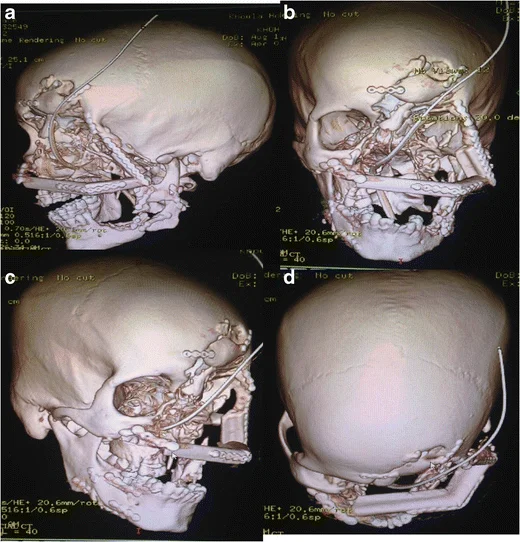Injuries to the face can range from minor cuts and scrapes to more severe issues like a degloved face. While the term might sound distressing, it’s essential to understand the nature, causes, and treatment of this injury to ensure proper care and recovery. In this article, we will delve deep into the world of degloved faces, offering insights, guidance, and answers to your questions.
What is a Degloved Face?
A Closer Look at the Injury
A degloved face is a severe trauma injury where the skin and soft tissues are completely torn away from the underlying structures of the face. It can expose muscles, tendons, bones, and even facial nerves, resulting in a gruesome appearance. This injury is often associated with high-impact accidents such as car crashes, industrial mishaps, or falls from significant heights.
Understanding the Causes
What Leads to a Degloved Face?
Degloving injuries occur due to the tremendous force applied to the face. Common causes include:
- Car Accidents: High-velocity impacts can cause severe facial injuries.
- Industrial Accidents: Involving heavy machinery and equipment.
- Falls: From a height or on hard surfaces.
- Sports Injuries: Especially in contact sports like football or boxing.
The Severity of the Injury
Why a Degloved Face is a Medical Emergency
A degloved face is a critical medical emergency. It poses various severe risks, including:
- Infection: Open wounds are susceptible to infection.
- Facial Deformity: Extensive damage can lead to lasting disfigurement.
- Loss of Function: Nerve and muscle damage can impair facial movements.
- Psychological Impact: Patients may experience emotional distress.
Symptoms and Diagnosis
Recognizing a Degloved Face
Identifying a degloved face is usually evident due to the exposed facial structures. Symptoms include:
- Visible Muscles, Bones, or Tendons.
- Open Wounds and Torn Skin.
- Swelling and Bruising.
- Pain and Bleeding.
Diagnosis is primarily clinical, supported by medical imaging like CT scans or X-rays to assess the extent of underlying damage.
Immediate First Aid
What to Do in Case of a Degloved Face
If you encounter a degloved face, you must act swiftly and sensibly. Here’s what you should do:
- Call 911 or seek emergency medical attention.
- Keep the injured person calm and as still as possible.
- Cover the exposed areas with a clean, sterile cloth.
- Avoid touching the exposed facial structures.
Treatment Options
Restoring the Face
The treatment for a degloved face involves surgical intervention. Reconstructive surgery is performed to repair the damage, which may include:
- Reattaching skin and soft tissues.
- Resetting fractured bones.
- Repairing nerves and blood vessels.
- Plastic surgery to restore appearance.
Recovery can be a long and arduous process, often requiring multiple surgeries.
Rehabilitation and Aftercare
Supporting Recovery
Recovery from a degloved face injury doesn’t end with surgery. It includes:
- Physical therapy to regain facial muscle function.
- Psychological support to cope with trauma.
- Scar management and cosmetic procedures.
- Long-term follow-up care to monitor progress.
Degloved Face FAQs
Q: Can a deg loved face ever look normal again?
A: Yes, with modern surgical techniques and ongoing care, it is possible to restore a near-normal appearance.
Q: What is the typical recovery period?
A: Recovery time varies but can take several months to years, depending on the severity of the injury.
Q: Are there any psychological effects?
A: Yes, patients may experience psychological trauma and may benefit from counseling.
Q: What is the risk of infection with a deg loved face?
A: The risk of infection is high, making prompt medical attention crucial.
Q: Can a deg loved face affect speech and eating?
A: Yes, it can impair facial movements, affecting speech and eating.
Q: Are there any non-surgical treatments available?
A: Surgical intervention is typically necessary, but complementary therapies can support recovery.
Conclusion
In conclusion, a degloved face is a severe injury with significant physical and emotional implications. Immediate medical attention, skilled surgery, and dedicated aftercare are vital in the journey to recovery. While the road may be challenging, advancements in medical science offer hope for patients to regain their appearance and functionality. Understanding the severity of this injury is the first step towards ensuring the best possible outcome.

